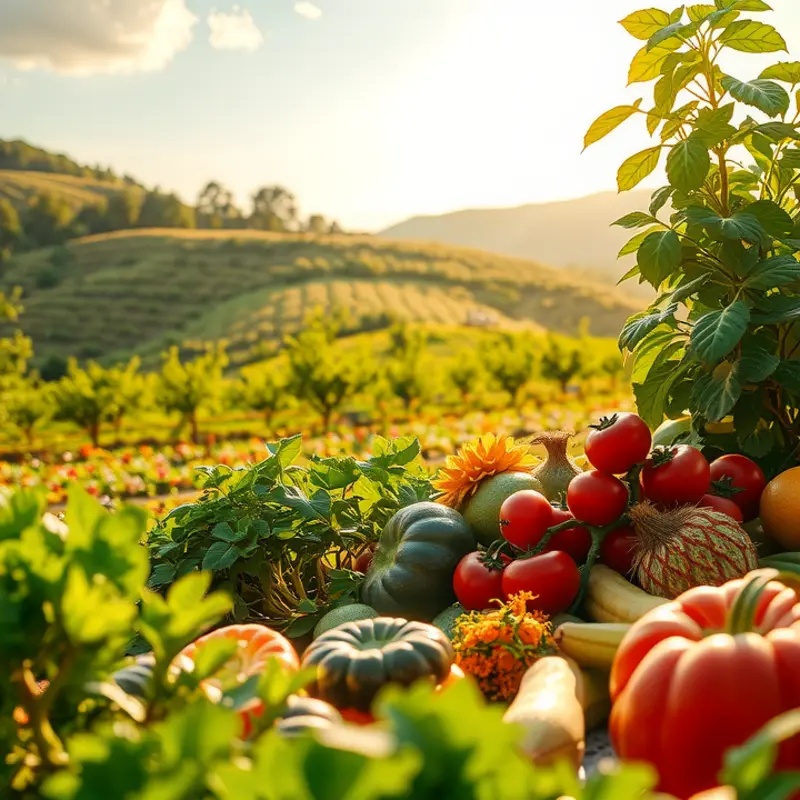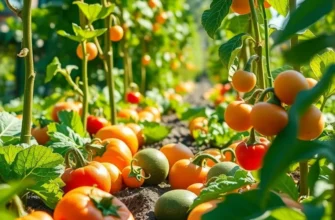Grilling transcends borders, uniting cultures and showcasing their unique flavors and techniques. From the fiery barbecues of South America to the delicate kebabs of the Middle East, each region offers a distinct approach to grilling that reflects its heritage. This exploration takes you on a tantalizing journey through international grilling techniques, inviting food enthusiasts and culturally curious readers to celebrate the art of cooking over an open flame.
Asado: The Argentine Tradition of Fire and Flavor

In Argentina, the asado is much more than just a method of cooking; it is an event that embodies tradition, culture, and community. Rooted deeply in the country’s identity, an asado is a gathering where bonds are forged over smoke and flame, and where the grillmaster, or asador, reigns supreme.
An asado is not complete without a social gathering, drawing friends and family to share in the experience of fire-kissed flavors. These events can last for several hours, providing ample time to savor each other’s company. The Argentine tradition values slow cooking and patience, echoing the country’s love for taking time to truly enjoy food and life. The ritual begins with a warm welcome of drinks and conversational buzz, making every participant feel at home.
An asado’s heart is the grill, or parrilla, where the magic happens. Unlike barbecues in other cultures that rely on gas or charcoal, an asado often utilizes wood or hardwood lump charcoal. This choice of fuel gives the meat an unmistakable smoky aroma that is synonymous with Argentine cuisine. The art of building a fire, managing its temperature, and knowing just when to place each cut of meat is what distinguishes a skilled asador from a novice.
Quality and simplicity lie at the core of asado grilling techniques. The first step involves selecting high-quality cuts of meat. Traditionally, asados feature a wide variety of beef selections, such as ribs (asado de tira), flank steak (vacío), and short ribs (costillas). These cuts are known for their rich flavors and textures. In addition to beef, an asado may also include other meats like pork, chicken, and the quintessential Argentine sausage, chorizo. Offal and blood sausages, known as morcilla, often add an extra dimension to the meal.
Preparation is straightforward: the meat is often seasoned simply with coarse salt. This minimal seasoning allows the true flavor of the meat to shine, enhanced naturally through the grilling process. Patience is key, as the meat is cooked low and slow to ensure tenderness and flavor infusion—sometimes even taking several hours.
Asado is where Argentine pride and flavor meet, a sentiment carried through each gathering and each bite. It is a reminder that culinary artistry and tradition can unite people across generations, creating connections that are as warm and enduring as the flames themselves.
For more insights into global cuisines and the cultural influences behind them, you can explore culinary influences and trade.
Kebabs: Exploring the Middle Eastern Grilling Heritage

The allure of Middle Eastern kebabs lies in their aromatic spices and varied grilling techniques. Kebabs have transcended simple skewered meats, offering a profound glimpse into regional culinary diversity. Within the Middle East, kebabs act as a canvas for local flavors, inviting variations in meat, spices, and cooking methods.
Turkish kebabs, for instance, often showcase the simplicity of lamb or beef, enriched with a blend of cumin, sumac, and Aleppo pepper. The famed Adana kebab, named after the southern city of Adana, is a prime example. Its defining feature is the use of spicy minced meat molded around skewers, served alongside flatbread and grilled vegetables.
Venturing east, Iranian cuisine introduces kebabs like the Kubideh, which celebrates finely minced lamb or beef mixed with grated onions and saffron. Often served with rice and grilled tomatoes, it’s a staple at Persian feasts, serving as a warm gesture of hospitality.
In Lebanese cuisine, the kafta kebab stands out with its aromatic infusion of parsley, allspice, and cinnamon. Ground lamb or beef wraps around skewers, pairing flawlessly with hummus or a refreshing tabbouleh salad.
These variants illustrate the kebab’s cultural significance. Street vendors, much like those bustling in Istanbul, offer kebabs as convenient yet flavorful meals. In contrast, Persian households might serve them in elaborate spreads, highlighting the role of kebabs in fostering a sense of community.
The spices used in kebabs—sumac, cumin, and cardamom—are not just flavors but cultural connectors, tracing trade routes and historical interactions. You can learn more about these culinary influences and their historical connections in our section on Culinary Influences Through Trade.
Beyond meat, vegetables play a pivotal role. Mushrooms, bell peppers, and onions are skewered alongside meats, absorbing smoky flavors and spices. This vibrant mix emphasizes the Middle Eastern affinity for fresh produce and balanced meals.
Ultimately, kebabs are more than just dishes; they’re narratives of tradition and innovation. They embody a culinary dialogue that bridges ancient culinary practices with contemporary dining experiences. Through kebabs, one can taste the intricate history of the Middle East and the warmth of its hospitable culture, all seared over an open flame.
Final words
Grilling is more than a cooking method; it is a celebration of culture and tradition. From Argentina’s Asado to the diverse kebabs of the Middle East, each grilling style tells a story of community, history, and flavor. As you embark on your grilling adventures, remember that the heart of these practices is the connection they foster among people. Embrace the global techniques explored in this article and bring a piece of the world to your grill. Your culinary journey awaits.








